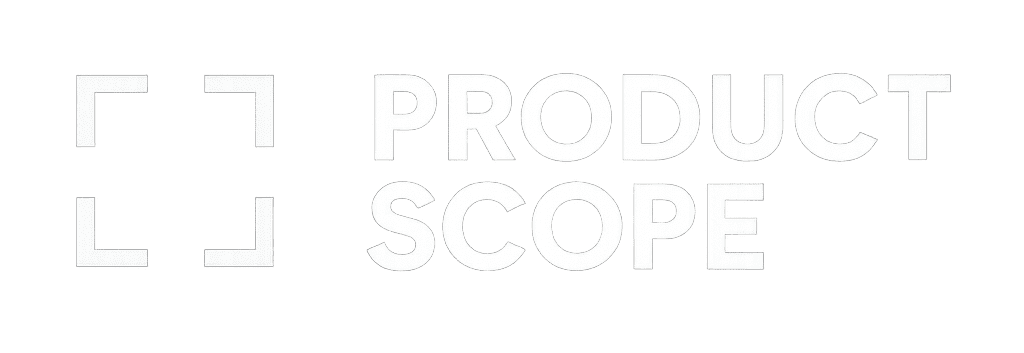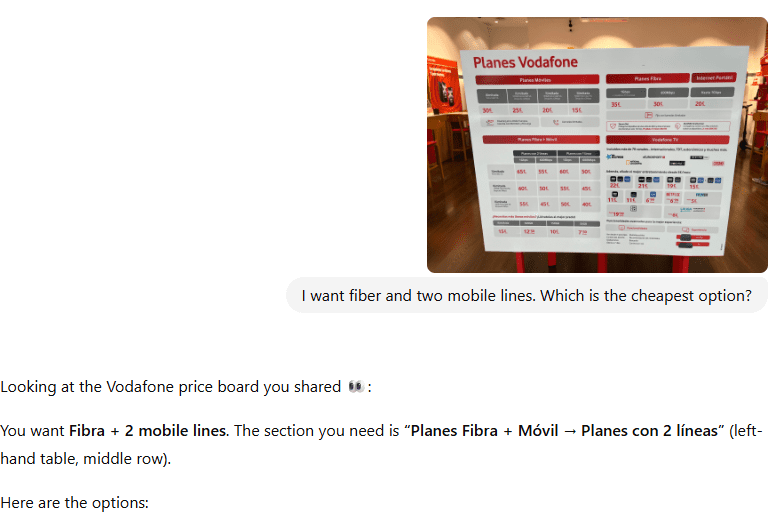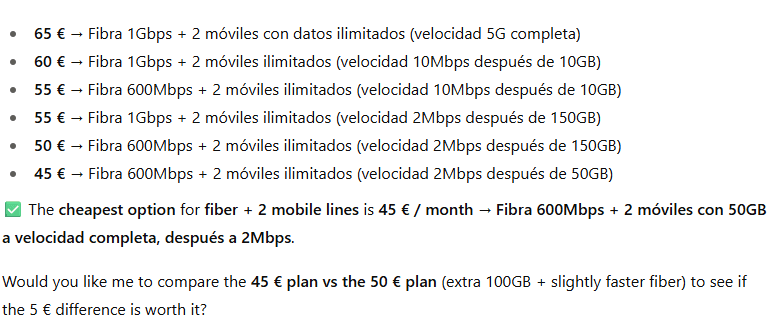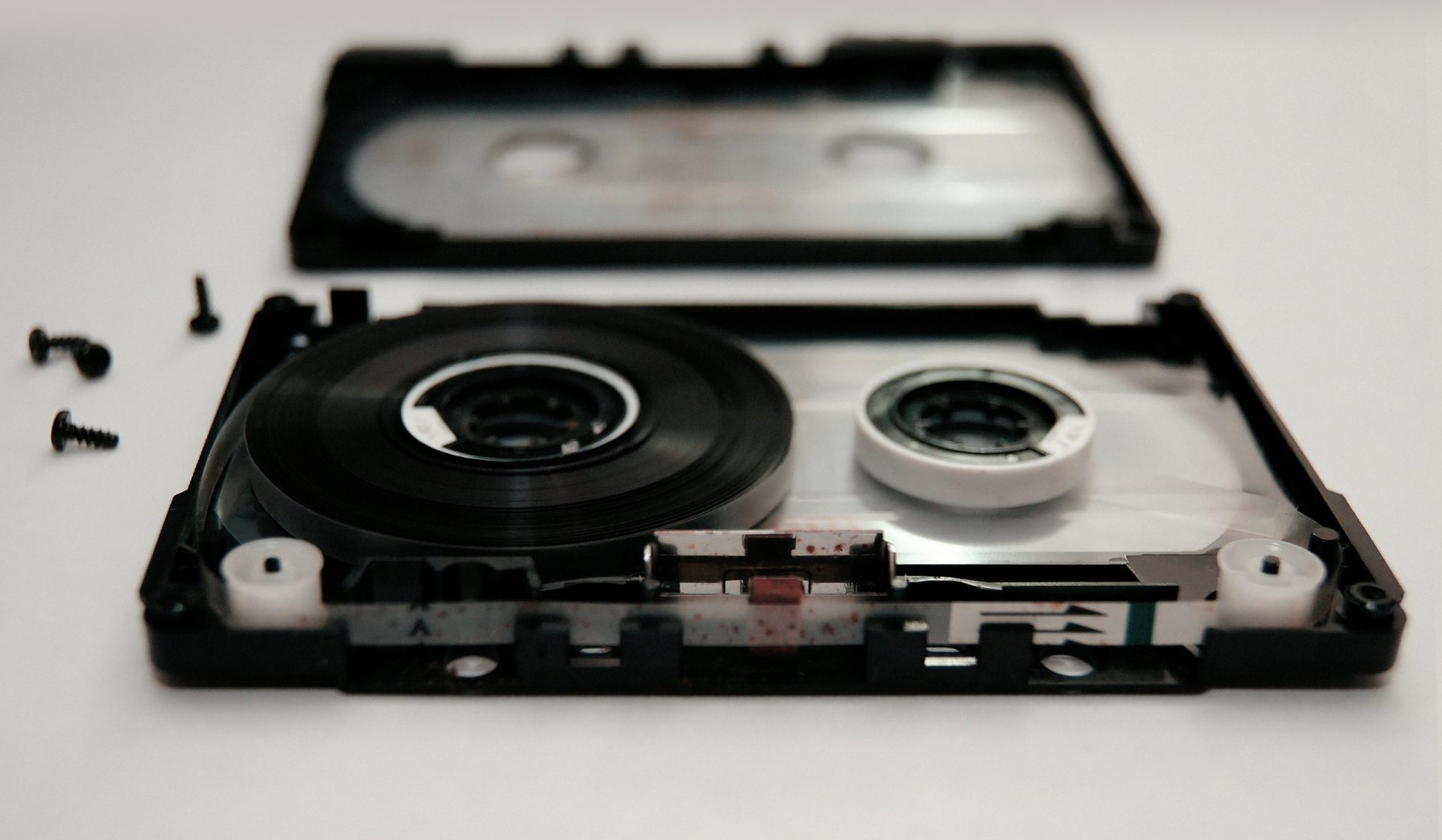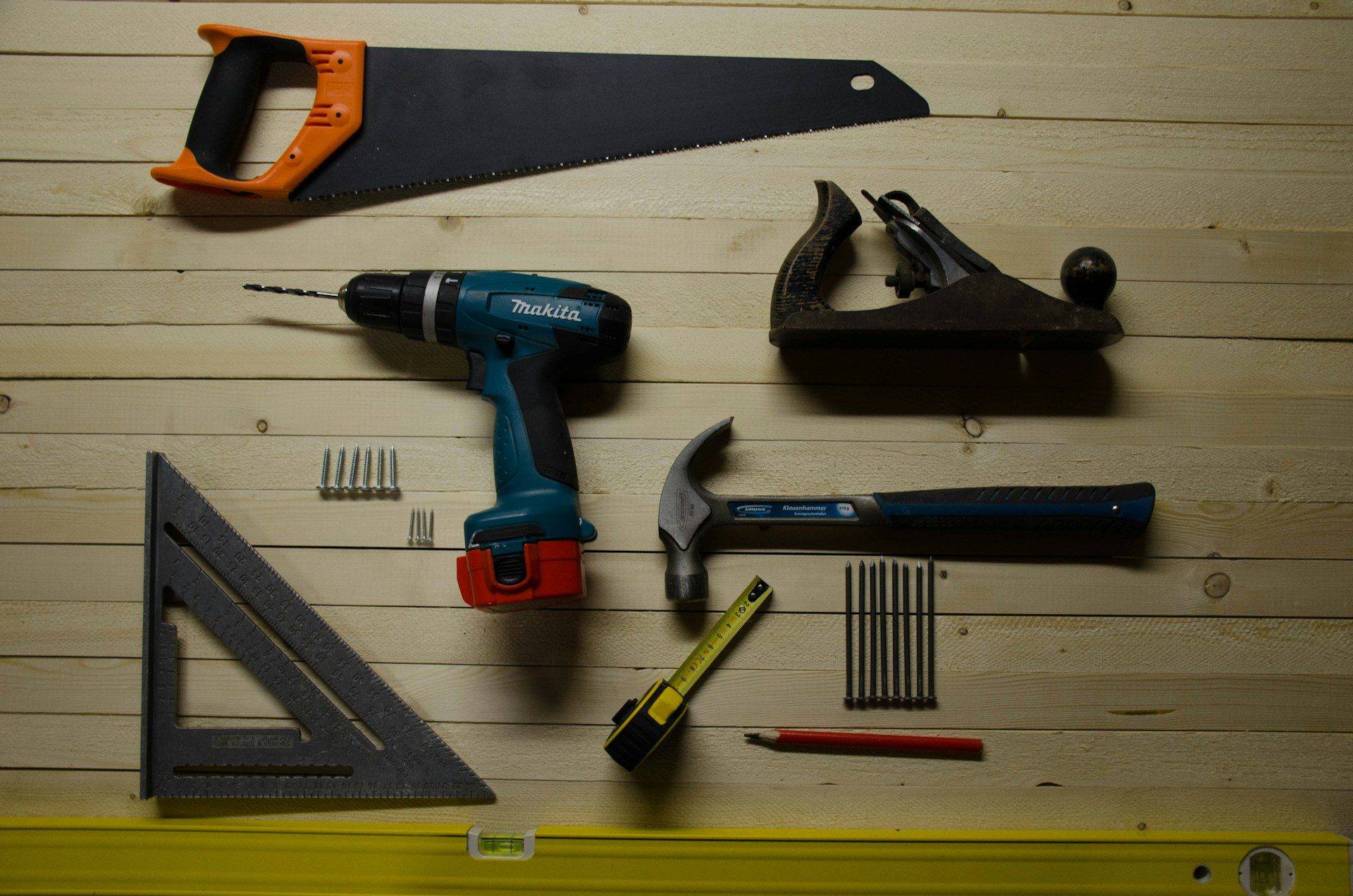AI Photo Prompting: How Visual Analysis Shaped My Shopping Decisions
AI Photo Prompting: How Visual Analysis Shaped My Shopping Decisions
This is the fifth post in my AI Photo Prompting series, where I share how taking photos and asking ChatGPT to analyse them often works better than writing detailed text prompts. After using visual analysis to cut my electricity bill by €140/month, buy a car with confidence, quick translations, and master cooking techniques, I discovered it might be valuable for purchase decisions. Standing in a shop comparing products, photo prompting with ChatGPT (which excels at image analysis and text extraction) cuts through marketing claims and delivers objective analysis within seconds.
I needed a printer, which in 2025 feels ridiculous but I live in Spain where government bureaucracy and the internet haven’t quite synchronised. I’m a Product Manager and very technical person, but if there’s one tech item that intimidates me, it’s printers – especially wireless printers. They should work seamlessly with current technology but somehow they just don’t.
I started researching online but had no clear direction. With limited time due to our house move and my wife needing documents printed for Spanish government requirements, I headed to Media Markt based on a colleague’s recommendation.
When I got there I saw several options. The recommended printer was there, but sitting next to it was another, better-looking and bigger printer with a reduction sticker wanting me to buy it. I find it hard to ignore a reduction but didn’t know what to do, so I snapped a photo of both, including the prices and specifications clearly visible, and asked ChatGPT to rate them.
During our conversation I provided additional details – which could have been included initially but didn’t affect the outcome – and discovered the discounted printer offered twice the functionality for just €20 more. I purchased it immediately, and my approach to AI-assisted shopping was born.
Ten minutes of photo analysis replaced three hours of online research. Better product, better price, clearer decision-making process. This became my standard approach for any significant purchase.
The method is straightforward: photograph the products with clear framing to capture all visible details – brand names, model numbers, pricing, any technical specifications shown. Then start with the photos and minimal text, discuss ChatGPT’s initial analysis, and refine with follow-up questions until you have everything you need.
Photograph the options including prices and specifications, ask ChatGPT for comparison, provide context about your needs, and request analysis of build quality or company reputation. What’s particularly valuable is that ChatGPT often spots details or issues that I completely miss. If you keep the chat open, you can build comparison tables, add new products by taking photos, and remove rejected options from the analysis as you narrow down choices. The results have been consistently impressive – that printer delivered twice the functionality for just €20 more, I avoided a vacuum cleaner that used rejected components potentially saving €150+ in replacement costs, and I secured a tailored internet package instead of accepting standard upselling, saving €15 monthly.
This approach works exceptionally well for technology products, though my wife applies it to food shopping – photographing products and ingredients to find the most natural jam or genuinely sugar-free hot chocolate. ChatGPT excels at analysing E-numbers and explaining how additives interact with your body. The process is simple: photograph the item and ask “how healthy is this?” ChatGPT will request additional information if needed.
I’ve applied the same methodology to television purchases. I research options on Amazon through screenshots, then compare prices and models in physical stores. Using the same chat session, ChatGPT remembers previous products and can quickly generate comparison tables rated against your specific criteria.
Few purchases now happen without AI review first. I’ve successfully used this approach for robot vacuum cleaners, air fryers, coffee machines, computers, monitors, smart plugs, and furniture. The applications are limitless, and you gain access to expert advice on materials, build quality, and functionality.
One particularly valuable discovery involved researching the companies behind products. A vacuum cleaner appeared attractively priced until I learned the manufacturer sourced rejected components from other companies, resulting in poor build quality and reliability issues.
Another breakthrough came when selecting an internet package. Vodafone displayed a comprehensive grid of packages outside their shop, but the Spanish terminology wasn’t entirely clear. I photographed the options, explained my requirements to ChatGPT, asked about better alternatives, and requested analysis of my specific needs. This preparation meant I entered the shop knowing exactly what I wanted. When sales staff attempted upselling, I understood the genuine pros and cons of each option.
Using ChatGPT combined with product photography provides access to comprehensive analysis and unlimited insights. I consistently secure better products while saving money. While ChatGPT provides guidance rather than definitive answers, its analytical capabilities are exceptional.
The speed and accuracy of photo prompting for purchase decisions eliminates guesswork and buyer’s remorse. Whether comparing printer specifications or analysing ingredient lists, visual input delivers objective analysis that cuts through commercial noise.
This same flexible approach to problem-solving – adapting AI tools to whatever challenge you’re facing – drives how I help organisations streamline operations and achieve measurable business transformation. Whether it’s optimising processes or choosing the right technology solutions, the principle remains: find the most efficient path to better decisions.
